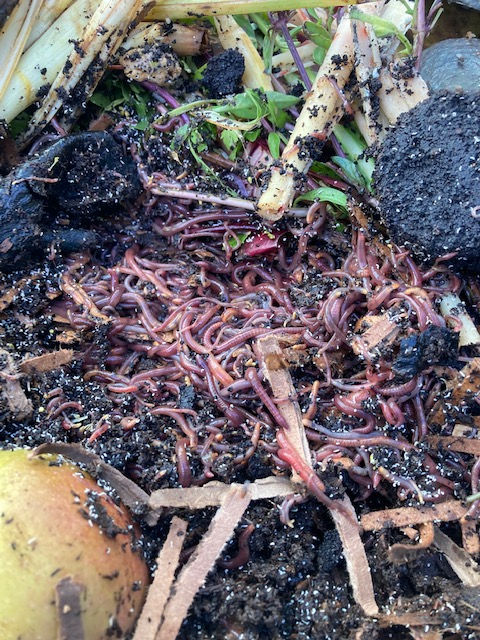Worm Bedding-- Top 5 Options for your Bin
- Clinton James
- Sep 29, 2023
- 3 min read
Updated: Oct 2, 2023
Your worms are ordered and are on their way--do you have your bin set up and ready for their arrival? The right prepared bedding in your bin will ensure your worm’s success. There are several tried and true options--let’s consider the most popular options:
Shredded Newspaper:

Shredded newspaper is one of the most popular bedding materials for worm bins, and for good reason. It's readily available, affordable, and easy to work with. Worms love it because it provides a comfortable environment and is a good source of carbon. Ensure the newspaper is free from colored ink, as some inks may contain toxins that could harm your worms.
Pros:
Abundant and inexpensive.
Easily accessible.
Provides excellent moisture retention.
Decomposes slowly, providing long-lasting bedding.
Cons:
May become compacted over time. This often results in lack of airflow and your bin turning anaerobic.
Needs to be moistened thoroughly before use.
Cardboard:
Cardboard is another readily available and cost-effective bedding material. It offers a great source of carbon and can help maintain a healthy worm bin ecosystem. Be sure to remove any tape, labels, or glossy coatings before shredding. This option is the Worm-Works go-to bedding.
Pros:
Easily sourced from packaging materials.
Carbon-rich and good for worm digestion.
Helps maintain aeration (unlike newspaper) in the bin.
Cons:
Takes longer to break down compared to newspaper. Plan on kickstarting the decomposition process 3-5 weeks before introducing to your bin
Can become matted if not torn or shredded properly.
Coconut Coir:

Coconut coir, a byproduct of coconut processing, is a favorite among worm composting enthusiasts. It's an excellent bedding material due to its high water-holding capacity and ideal pH level. You can find it in compressed blocks that expand when hydrated.
Pros:
Holds moisture exceptionally well.
Provides a neutral pH environment.
Resists compaction and retains a fluffy texture.
Cons:
Can be more expensive than newspaper or cardboard.
Requires pre-soaking to reach the right moisture level.
Aged Leaves:

If you have access to an abundance of fallen leaves, they can make an excellent bedding material for your worm bin. Leaves are rich in carbon and create a natural, woodland-like environment that worms thrive in.
Pros:
Abundant in many outdoor environments.
Provides a natural habitat for worms.
Decomposes slowly, offering long-lasting bedding.
Cons:
Seasonal availability.
May require additional shredding or chopping for easier digestion by worms.
Straw or Hay:
Straw can also serve as bedding material in your worm bin, especially if you have access to agricultural or gardening supplies. It provides good aeration and carbon content. Note: straw and hay are very different materials--hay is not recommended.
Pros:
Good source of carbon.
Promotes aeration and prevents compaction.
Available at most garden supply stores.
Makes for great insulation during cold months
Cons:
May contain weed seeds or pesticides; ensure it's clean and chemical-free. Because of our commitment to ensuring a high quality product, Worm-Works doesn’t use this option as there is no certain test to determine if there are possible contaminants.
Tends to be bulkier and may take up more space in the bin.
Conclusion:
The choice of bedding material for your worm bin depends on availability, budget, and personal preferences. Each material has its advantages and disadvantages, so you can experiment to see which one works best for you and your worms. Or, you can choose a mixture of multiple bedding materials--your worms will love the variety. Ultimately, the key to successful vermicomposting is maintaining the right balance of moisture, carbon, and nitrogen, so regularly monitor your bin and make adjustments as needed to keep your worm community happy and productive. Happy composting!










Comments